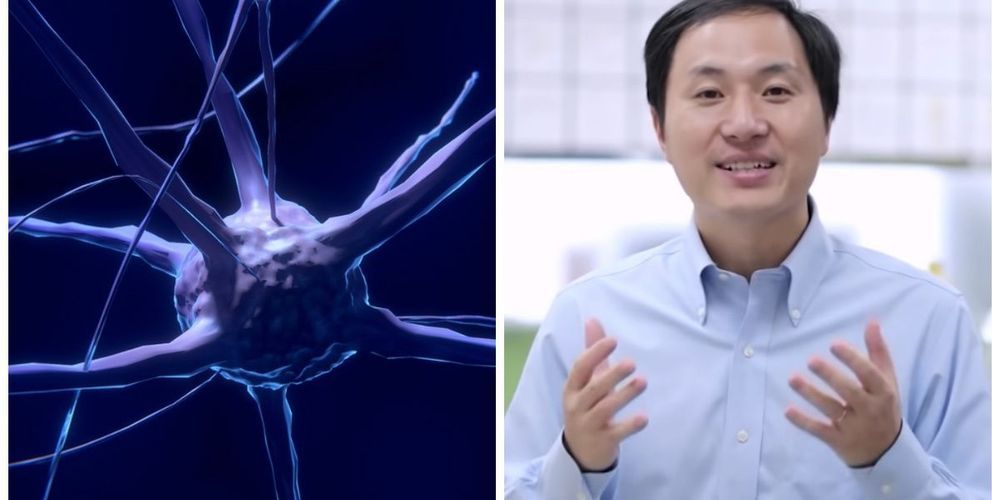In a recent study conducted in mice, researchers became one step closer to that understanding, discovering that exercise actually strengthens the brain’s resilience to stress. Exercise helps animals cope with stress by enabling an uptick in a crucial neural protein called galanin, the study suggests. This process influences stress levels, food consumption, cognition, and mood.
Leveraging this finding, researchers were able to genetically tweak even sedentary mice’s levels of galanin, shifts that lowered their anxious response to stress.
The study’s authors explain that this study helps pin down the biological mechanisms driving exercise’s positive effects on stress. While further human experiments are needed to confirm these findings, the researchers have practical advice for people looking to get these benefits: perform regular, aerobic exercise.







